On May 15, the NCAA’s committee on women’s athletics recommended granting full championship status to two cheer-adjacent disciplines: acrobatics & tumbling and stunt.
Set to take effect across all three divisions by spring 2027, the decision capped years of parallel—and often adversarial—campaigns for acceptance by college sports’ governing body. The announcement of their joint endorsement came just weeks before the final court approval of the House v. NCAA settlement and was made through simultaneous press releases, each highlighting the milestone in slightly different terms. Acrobatics & tumbling was described as having “made significant progress,” while stunt was credited with taking “a major leap forward.”
As part of the House settlement’s new participation parameters, stunt programs may now field up to 65 athletes, compared to 55 for A&T—an important allowance for institutions looking to meet gender equity targets through large, cost-effective rosters. The NCAA has welcomed both as important pathways to expand opportunities for women in sport.
Yet for those who spent the past two decades pushing their disciplines toward legitimacy, the idea of arriving at the finish line together feels more than a little surreal.
For much of their history, acrobatics & tumbling—a gymnastics-inspired outgrowth of early competitive cheer—and stunt—Varsity Brands’ effort to retool its all-star cheer model into an NCAA-friendly format—saw each other as direct competitors in a heads-up, zero-sum race for college admission.
“The sentiment we received so often from administrators and experienced people within college athletics is that only one will make it,” Janell Cook, executive director of the National Collegiate Acrobatics & Tumbling Association (NCATA), said.
“Both sports were building, and when you’re building something, you want to take care of that thing,” added Kentucky head stunt coach Blair Bergmann.
Their rivalry also served as a kind-of proxy battle over Varsity Brands’ longstanding (and legally scrutinized) grip on the entire cheerleading industry. The multibillion-dollar company—acquired last summer by private equity giant KKR—had regarded the NCAA’s involvement in the cheer space as a potential threat to its tightly controlled empire of camps, competitions and branding deals.
For those who saw Varsity’s dominance as a troubling concentration of power—if not an outright antitrust issue—the collegiate space offered a rare opportunity: a chance to build something outside the reach of a deeply entrenched corporate force.
“The first 10 years felt like you were straddling the line between proactive and reactive,” said Quinnipiac head A&T coach Mary Ann Powers, a trailblazer of her sport who has expressed concern about Varsity’s sway over the cheer world. “On one hand, I work at a university that was truly supporting it, not just with smoke and mirrors. But the reactive part is seeing the same sport—or what looks like the same sport—making progress and knowing that [Varsity] had all the antitrust [issues].”
Meanwhile, the uneasy launch of what was then called college competitive cheer—first introduced at the University of Maryland in 2003—rekindled concerns among Title IX advocates committed to ensuring that new women’s sports offered legitimate, equitable opportunities.
That tension would soon erupt into one of the most consequential gender equity battles in modern NCAA history.
In 2009, Powers’ Quinnipiac program joined forces with those at five other universities—Maryland, Oregon, Baylor, Azusa Pacific and Fairmont State—to formalize a new varsity sport blending elements of gymnastics and cheerleading. Their collective effort led to the creation of the NCATA in early 2010. Initially named the Collegiate Stunts and Tumbling Association, the group elected Oregon’s senior woman administrator Renee Baumgartner—a former collegiate golf coach—as its first president.
“Acro and tumbling was built on a strong foundation by administrators and coaches in the NCAA that wanted to provide opportunities to young girls,” Baumgartner said. “And we did it. We created the first NCAA female sport.”
At Quinnipiac, however, the rollout of this new sport quickly became embroiled in legal controversy. In an effort to save money, the university attempted to simultaneously cut women’s volleyball. That decision prompted a Title IX lawsuit filed by five volleyball players and the team’s head coach, alleging the school was disguising a club activity as a legitimate varsity sport to artificially inflate its female participation numbers.
The trial, which unfolded in spring 2009, featured testimony from both Powers and Varsity founder and CEO Jeff Webb—each making the case for or against competitive cheer’s (or Acrobatics & Tumbling’s) legitimacy as an NCAA-caliber sport.
“It continues to call itself cheer—which they don’t cheer and they don’t lead—which creates confusion with the classical cheerleader team,” Webb argued. “And they perform the same type of routine that classical cheerleaders have provided as part of their entertainment component for 25 years, which further confuses things.”
Despite Varsity’s previous admissions to the SEC, Webb insisted he had no issue with the formation of a new varsity sport so long as it didn’t undermine or compete with what he called “classical cheerleading.”
Powers countered on the witness stand, challenging whose rhetoric was the real threat.
“I think what offends [cheerleaders] more than anything is other women degrading them and knocking what they do,” she testified.
But Webb was not alone calling into question this new, cheer-like activity. The plaintiffs also drew on the expert testimony of Donna Lopiano, a prominent Title IX authority, college athletic administrator and former CEO of the Women’s Sports Foundation. Years earlier, Lopiano had played a key role in shaping the Department of Education’s 1979 guidelines on Title IX compliance in athletics and had since remained a vigilant observer of how educational institutions applied the law in practice.
In her expert report, Lopiano wrote, “QU should not be eliminating viable, existing women’s varsity sports and replacing them with an activity that has not been approved as a sport.” She pointed out the hastily assembled nature of the Quinnipiac cheer team, which lacked formal recruiting and coaching protocols, as evidence that the move was more strategic than substantive.
The court ruled in favor of the volleyball players, halting the planned elimination of the sport. In the verdict’s wake, the National Collegiate Acrobatics and Tumbling Association (NCATA) solidified an alliance with USA Gymnastics to officially sanction its competitions. Just days later, USA Cheer—a nonprofit supported by Varsity—put forward “STUNT,” in demonstrative all-caps, kicking off a decade-long battle for formal NCAA acceptance.
In 2011, the NCAA committee on women’s athletics (CWA) urged both organizations to collaborate on a unified sport proposal. However, each declined, opting instead to forge rival paths.
Acrobatics & tumbling was the first to advance. In 2018, the NCATA submitted its initial proposal for emerging sport status. The CWA endorsed it in 2019, followed by formal approval from the Division I Council in June 2020. That decision was conceivably influenced by the presence of Baumgartner, then NCATA president and athletic director at Santa Clara University, who held a seat on the D-I council at the time.
“I think it was pretty clear to everybody in the room that I advocated for acrobatics & tumbling,” Baumgartner admitted. “But you follow the rules and know exactly what benchmarks need to be met.”
By contrast, USA Cheer’s 2018 proposal to establish stunt as an emerging sport failed to secure initial approval from either the CWA or the NCAA’s strategic vision and planning committee. Reviewers determined the application lacked a clear explanation of how stunt was “philosophically and operationally separate” from traditional cheerleading, and how it would deliver a student-athlete experience comparable to other NCAA sports.
Undeterred, USA Cheer resubmitted its proposal for stunt in 2019 and received CWA approval in 2020. However, the process was paused for two years due to the COVID-19 pandemic. The effort regained momentum in 2022 when the CWA re-endorsed the sport.
Ahead of the 2023–24 academic year, stunt finally secured emerging status across all three NCAA divisions—drawing level with acrobatics & tumbling in the race toward full championship designation.
If, as expected, both disciplines receive that at the upcoming 2026 NCAA Convention, they will become the sixth and seventh women’s sports to do so under the emerging sports program, joining join rowing (1996), ice hockey (2000), water polo (2000), bowling (2003), beach volleyball (2015) and wrestling (2025).
Though their competition for NCAA recognition may be over, stunt and acrobatics & tumbling are now trying to secure institutional sponsorship from many of the same schools.
“I think most will pick one [sport] or the other for the fact that they aren’t in the position to add multiple programs,” said the NCATA’s Cook.
In making its case, stunt hails its direct lineage to the popular world of all-star cheerleading.
“Our whole entire sport was built from cheerleading skills,” noted USA Cheer CEO Lauri Harris, who estimates that approximately 95% of collegiate stunt athletes come from traditional cheerleading backgrounds.
Acrobatics & tumbling asserts its athletic diversity, drawing on a wide range of strengths from its participants.
According to NCATA survey data from the 2023–24 season, the largest share of collegiate acrobatics & tumbling athletes (approximately 43%) came from artistic gymnastics. Another 27% previously participated in competitive cheer, while 11% had backgrounds in spirit or sideline cheer.
In terms of format, the two emerging sports feature some key distinctions. Stunt is structured around head-to-head matchups, with two teams simultaneously performing the same compulsory routines across four quarters: partner stunts, pyramids and tosses, jumps and tumbling, and a final team routine. A&T, by contrast, resembles a gymnastics meet, with two or three teams competing in six categories—compulsory, acro, pyramid, toss, tumbling and team—separated by a halftime break.
Despite their differences, stunt and A&T are perhaps as closely related as any two college team sports.
“If someone walked into a gym, I don’t think the average person could tell whether they were watching acrobatics & tumbling or stunt,” Powers said.
For the upcoming 2025–26 season, there will be 66 varsity stunt programs at the collegiate level, including seven in Division I, compared to 49 acrobatics & tumbling teams—11 of which compete in D-I. Following the House settlement, one D-I institution, the University of West Georgia, chose to postpone launching its stunt program from 2026 to 2027.
According to USA Cheer, two other Division I schools that had been exploring stunt put those plans on hold after House, while two additional institutions have since begun seriously considering the sport in light of the ruling. (USA Cheer declined to name these four schools.)
In terms of athlete participation, the University of Kentucky boasts the largest stunt roster in the country, with 61 athletes on its team last season. That number far exceeds any other program nationwide. Kentucky—whose traditional cheerleading squad is a perennial powerhouse at Varsity’s UCA College Nationals—finished second to Cal Baptist at the 2025 USA Cheer College Stunt National Championship. Cal Baptist, by comparison, fielded a roster of 28 athletes.
Kentucky launched its stunt program during the 2021–22 academic year, amid a Title IX lawsuit filed in 2019 by two former students who alleged that the university failed to offer proportional athletic opportunities for women.
Why stunt instead acrobatics & tumbling?
“Cheerleading is very big in [the] state of Kentucky,” said Bergmann, the Wildcats’ head coach. “Stunt spoke more to that heritage.”
Prior to the House settlement, the NCAA had capped the number of scholarships for both stunt and acrobatics at 14. Although schools are now allowed to exceed that figure significantly for stunt, Bergmann said he expects Kentucky to remain at 14 scholarships for the upcoming year in order to keep the program cost-effective.
“We are at a point where the sport is so new and it is such at the ground level that basically what we do the next couple years is going to set the sport up for success in the next 20 years,” Bergmann said.
To be sure, schools are not required to choose between the two sports. Missouri State, for example, added both stunt and A&T last season, becoming only the second university to adopt both programs. (Hawaii Pacific, which previously sponsored A&T, also added stunt in the same year.)
Currently transitioning from FCS to FBS, Missouri State has acknowledged ongoing challenges in maintaining Title IX compliance—particularly as the female share of its student body has risen from 55% in 2008 to 61% in fall 2024. In an interview, Missouri State senior associate athletic director Casey Hunt made no bones about the fact that the stunt/A&T twofer was a gender-equity play, noting the relatively low cost and high roster capacity of both sports, especially post-House.
Both MSU teams now share the Hammons Student Center with MSU’s volleyball and swimming & diving programs, following a $2.7 million renovation that added a new weight room and dedicated locker rooms for stunt and A&T.
In their first spring season, Missouri State’s stunt team included 28 athletes, while its A&T team fielded 23. Both used the NCAA-allowed maximum of 14 scholarships. Hunt said the goal for the upcoming year is to grow each roster to between 30 and 35 athletes, with plans for continued expansion.
“We really could grow those to what, 120 [roster spots]?” Hunt said. “That becomes very significant for us, where maybe we don’t have to explore adding another sport program down the road, or we could just add individuals to one of those two programs, if not both.”
Since both sports compete in the spring, Missouri State has not experienced any athlete crossover—and likely won’t. Still, Hunt noted that the coaching staffs actively collaborate on recruiting.
The skill overlap between stunt and sideline cheerleading means that schools can feasibly transition existing cheer squads into varsity stunt teams. Hunt predicted that traditional sideline squads could increasingly lose ground to both sports, a shift she says is already evident on MSU’s campus.
“I think part of that is [A&T and stunt] get scholarships, there is a competitive aspect, you get the travel, you get the gear,” Hunt said.
USA Cheer’s Harris, however, downplays the fear of that kind of cannibalization.
“There’s such a small number of opportunities at the college level for cheer that we really haven’t seen a lot of athletes have to make a choice,” Harris said. “This has just kind of expanded more opportunities for high school cheerleaders to actually do something in college.”
To that end, the battle-wearied advocates of acrobatics & tumbling and stunt say they’re ready to embrace a future of co-existence.
“Since the NCAA has chosen to [have] them both, who am I to say it should be one or the other?” said Powers. “I don’t feel that way anymore.”


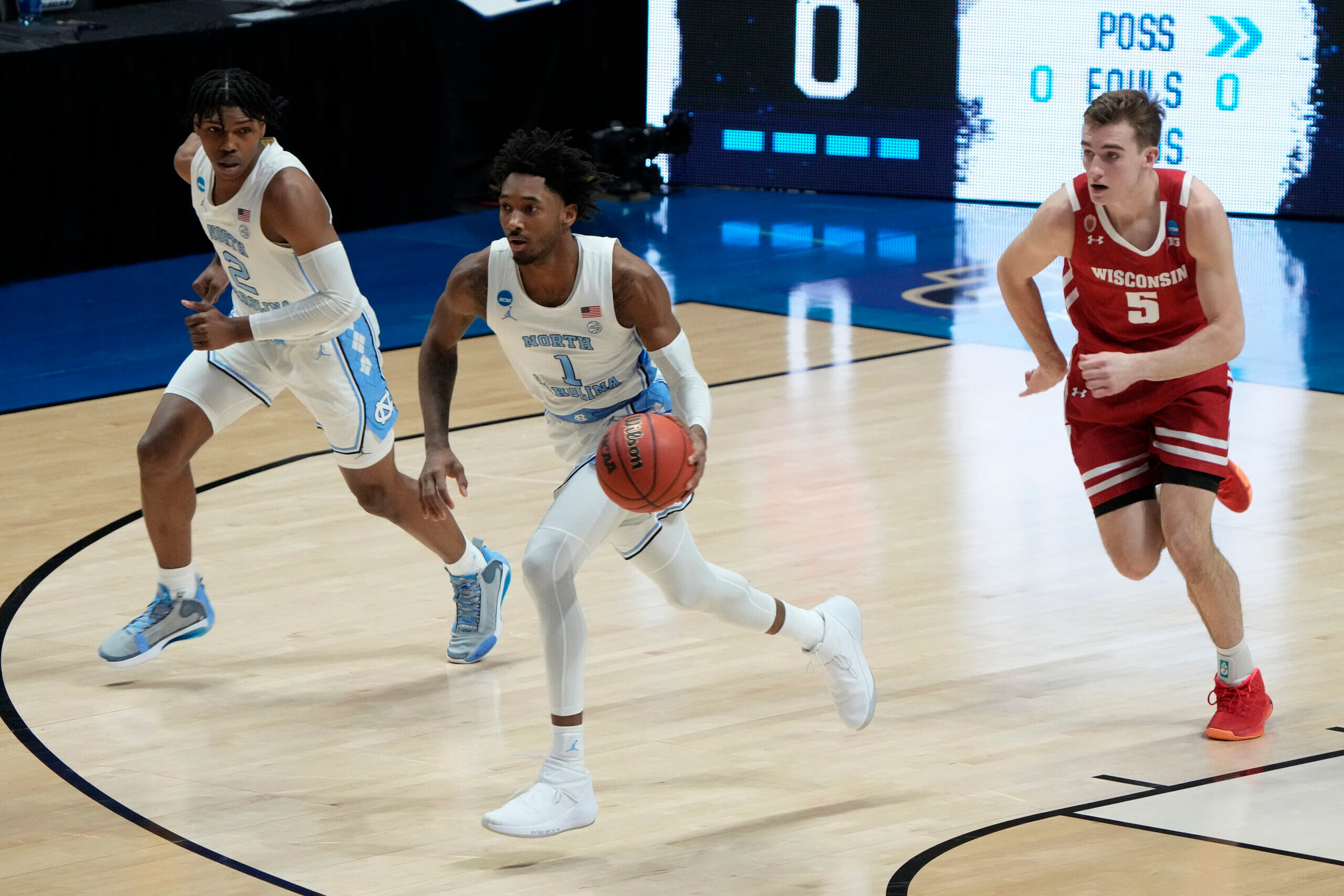

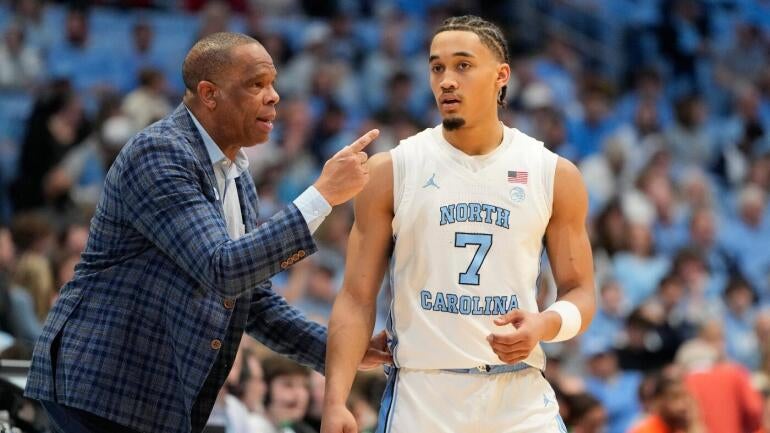

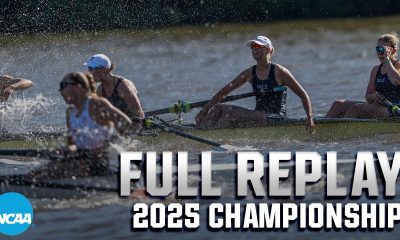









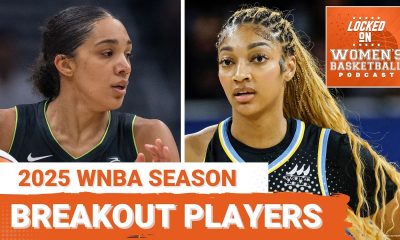


















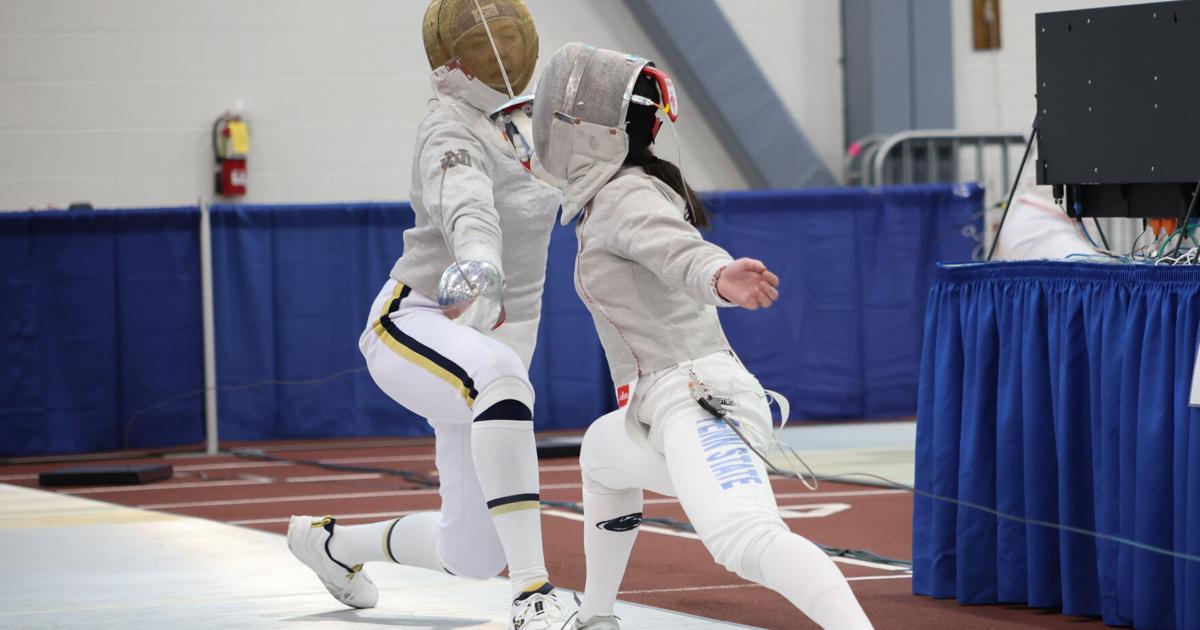




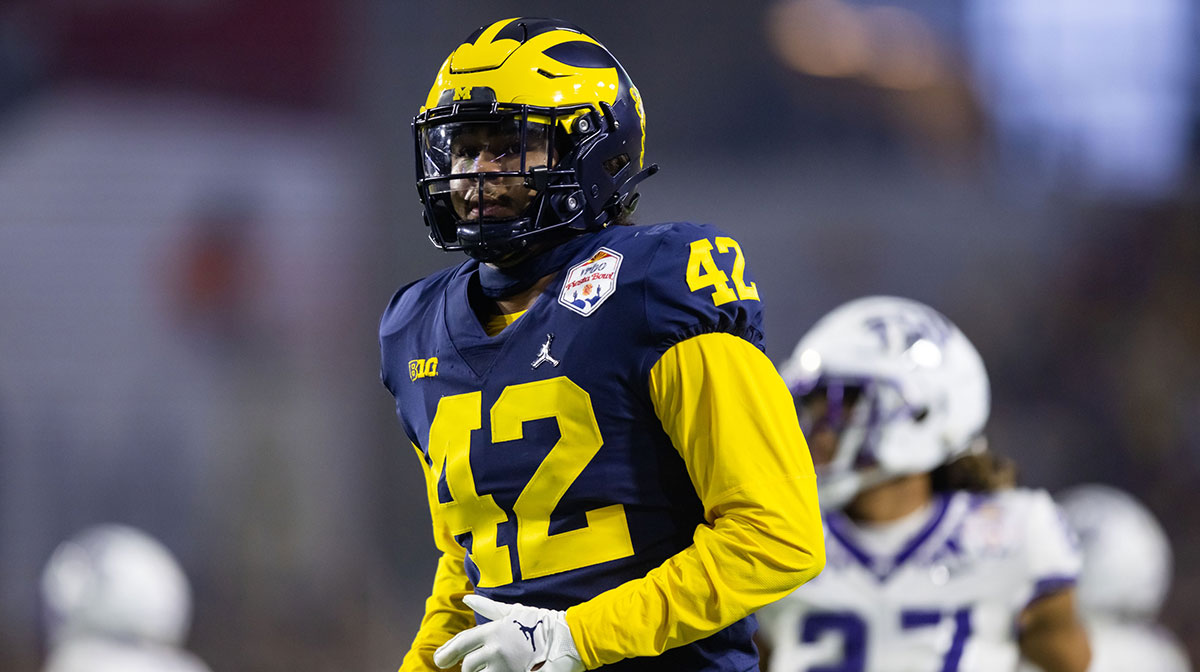



 | SportsCenter
| SportsCenter














































 BREAKING: NBA MVP Shai Gilgeous-Alexander signs the RICHEST annual salary in league history
BREAKING: NBA MVP Shai Gilgeous-Alexander signs the RICHEST annual salary in league history